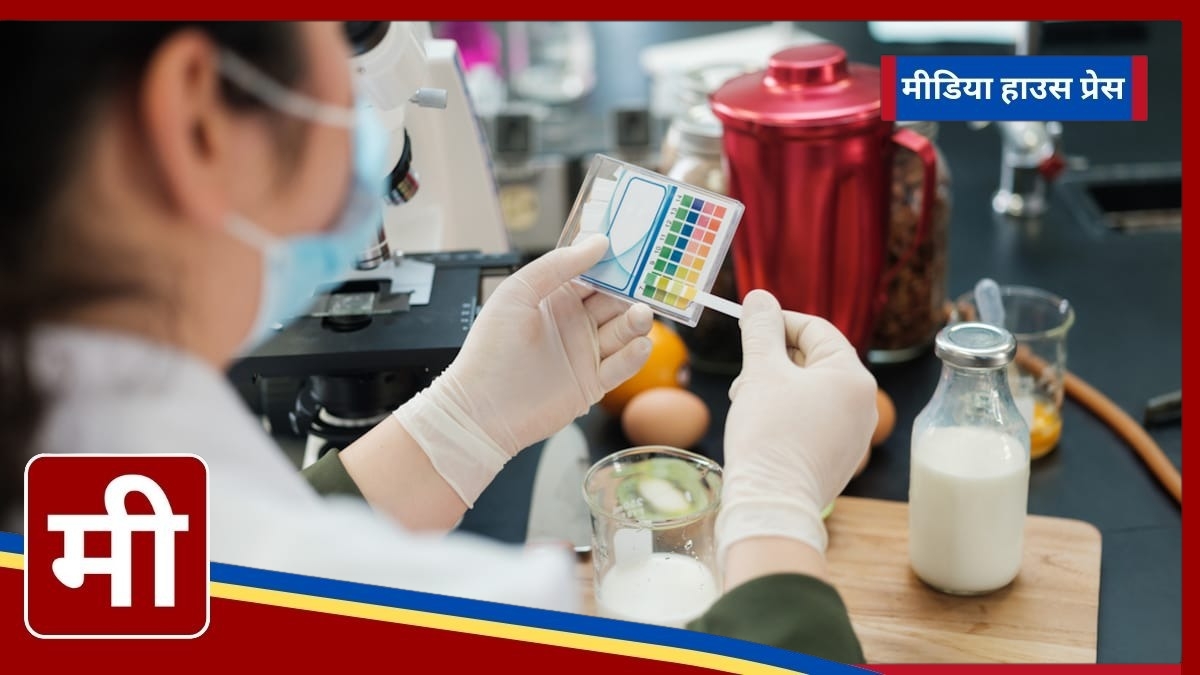Rigorous Testing for Quality Assurance
During the inspections, Pinky, a chemist at the Delhi Food Lab, explained the testing process for milk-based sweets. “We are specifically checking for adulteration using starch tests,” she noted. This is crucial as the festive season often sees an increase in the adulteration of milk and milk-based sweets with starch. The testing process involves taking a sample, mixing it with distilled water, heating it, and then cooling it. Following this, an iodine solution is added; the presence of starch will turn the solution a deep blue-black color, indicating contamination, while its absence will result in a brown hue.
Identifying Harmful Additives
The officials are also on the lookout for harmful additives, such as aluminum foil, which is sometimes used in place of authentic silver leaf. Pinky elaborated, “To differentiate between the two, we will conduct a chemical test using concentrated nitric acid. Silver leaves will dissolve in the nitric test, while aluminum will not.” This method helps consumers ensure they are purchasing safe and authentic products. She advised, “If consumers take silver leaves in hand, they will dissolve, but aluminum leaves will remain intact and will not form a ball-like structure.”
Ensuring Consumer Safety During Festivities
The inspections highlight the ongoing efforts by the Delhi Food Safety Department to safeguard consumer health, especially during a time when sweet consumption surges. With the increasing demand for sweets during the Diwali festival, officials aim to reassure the public that they can enjoy their favorite treats without the fear of adulteration.
As the festive celebrations continue, the Food Safety Department remains vigilant, ensuring that sweets sold in markets are safe for consumption.


